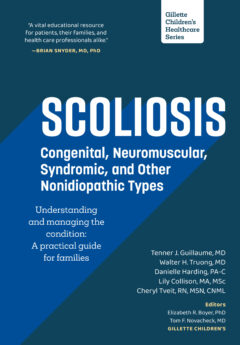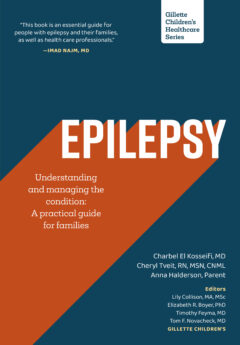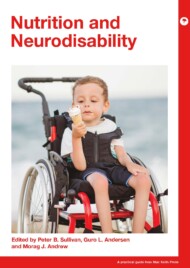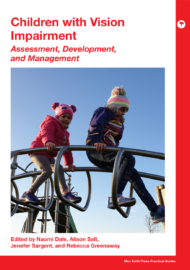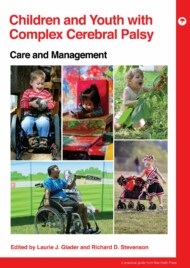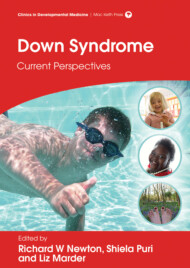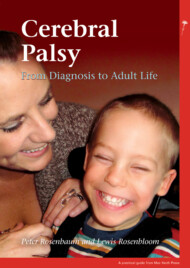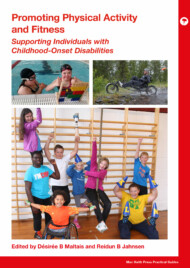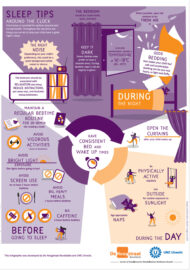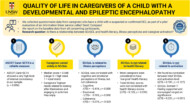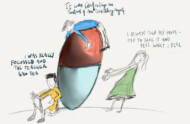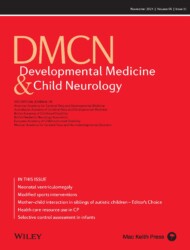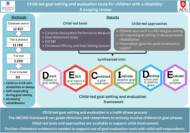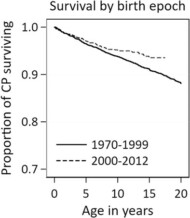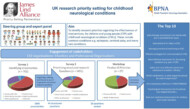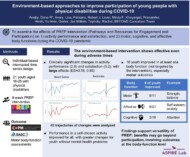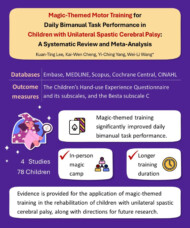Welcome
Start exploring here! We hope this will be a useful resource to help you find the information you need about cerebral palsy and other childhood-onset disabilities. We want to help you to find answers to your questions – so please let us know what else you would like us to cover. Here we are presenting videos, summaries, research information and other resources.
Read on for more
Ways we can help
1
Family-friendly Books
Discover our collection of family-friendly books featuring accessible, research-based insights. These titles include the perspectives of families and individuals with lived experience, offering valuable guidance while supporting parents on their journey.
2
Free Chapters
We have selected a range of chapters from our books, offering helpful insights and practical tips. Our chapters summaries highlight key points. View the full chapter to explore each topic in more depth.
3
The Knowledge Bank
Explore the answers to your questions here. Find out more about conditions, treatments, interventions, and all aspects of care. Follow signposts to find more in-depth, evidence-based information from Mac Keith Press content, as well as other great sources of knowledge.
4
Plain Language Summaries
Plain language summaries are an effective way of communicating scientific research to a wider audience. By presenting the key findings and significance of a study in easy-to-understand language, the content becomes more accessible to more people. Here we present summaries of papers published in Developmental Medicine & Child Neurology (DMCN).
5
Helpful Videos
Here you will find a collection of short videos from authors and editors summarising their work. They cover Developmental Medicine & Child Neurology (DMCN) articles, Mac Keith Press books and e-learning. The aim of the videos is to help viewers get a clear understanding of why the research is important, how it was carried out, and real-world implications.
Gillette Children’s Healthcare Series
The goal of the Gillette Children’s Healthcare Series is to empower families through a greater understanding of their condition and therefore help optimize outcomes for children, adolescents and adults living with these childhood-acquired and largely lifelong conditions.
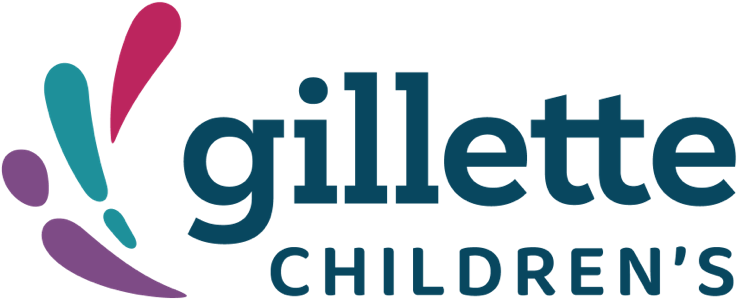
Free chapter downloads
The Knowledge Bank
Explore the answers to your questions here. Find out more about conditions, treatments, interventions, and all aspects of care. Follow signposts to find more in-depth, evidence-based information from Mac Keith Press content, as well as other great sources of knowledge.
How are children with Down syndrome supported at school?
Children with Down syndrome in mainstream schools should receive support from the whole school, not just teaching assistants. All staff should be trained in their learning needs. Inclusion in the classroom is key, with differentiated curricula, speech and language support, and activities to develop social, literacy, and motor skills, guided by specialists. For more information, please read the extract from chapter 5 of ‘Down Syndrome’. Full chapter available to download.
How are children with Down syndrome supported at school?
Extract from Newton, Puri and Marder, ‘Down Syndrome’, Chapter 5, pp. 41-42.
Some school issues: primary school
Children with Down syndrome in mainstream schools are likely to be supported by one or more teaching assistants (TA). However, support is not the sole responsibility of the TA, but should be a whole school matter. Ideally, all staff in the school should receive training in the learning and communication needs of children with Down syndrome. The child should take part in the life of the school along with his or her classmates. As social skills are a strength, children should be part of the normal class group, not be constantly taken out of the classroom. The curriculum will need to be differentiated according to the needs of the child.
To meet children’s educational needs at primary school, schools need to have a positive attitude towards inclusion and whole school systems to support this outcome, with training for staff about the needs of children with Down syndrome and the use of evidence-based interventions. It will help schools and other practitioners to be aware of the evidence for the benefits of inclusion for children with Down syndrome who do not have additional or complex needs, following a model of full inclusion with a high level of individual support (Buckley et al. 2002; Fox et al. 2004; Turner et al. 2008). The support is likely to include the following:
- Developing self-help skills and personal care, including taking to the toilet,
- Developing play skills—using modelling and imitation strengths,
- Facilitating interaction with peers,
- Delivering differentiated activities under the guidance of the class teacher, particularly for supporting spoken information and listening activities with visual information—signs, gesture, pictures, written words, modelling and repetition,
- Providing daily speech and language activities, guided by the child’s speech and language therapist,
- Providing short periods of additional, focused literacy and language activities, including a daily ‘conversation diary’, whole word reading and phonic programme,
- Providing focused numeracy activities, including use of visual supports,
- Providing practice for developing fine motor skills, guided by an occupational therapist,
- Modelling of drawing and handwriting activities for children to copy,
- Guidance to ensure that children follow routines at school (including using a visual timetable) and maintain positive behaviour.
Successful education will require a flexible approach with school and parents working in partnership.
My child has cerebral palsy and has issues with their sleep, which is causing me to have poor sleep. How typical is this? How can I improve the situation?
Research has shown that sleep problems are common in children with cerebral palsy.
There are a number of things that can be done to improve sleep in children with CP: (1) establishing a regular bedtime routine and sticking to it as much as possible; (2) making sure that the child’s bedroom is dark, quiet, and cool; (3) avoiding caffeine and sugary drinks before bed; and (4) getting regular exercise, but avoiding exercise too close to bedtime.
My child has cerebral palsy and has issues with their sleep, which is causing me to have poor sleep. How typical is this? How can I improve the situation?
Sleep problems in children with cerebral palsy and their parents
Full paper: https://onlinelibrary.wiley.com/doi/10.1111/dmcn.14920
Plain language summary: https://onlinelibrary.wiley.com/doi/10.1111/dmcn.15810
The study found that sleep problems are common in children with cerebral palsy (CP) aged 0 to 11 years. The most common problems reported by parents were: daytime fatigue, difficulty falling asleep, and early-morning waking. Children with CP were also more likely to have sleep problems than typically developing children, and children with CP who cannot walk were more severely affected by sleep problems than children with CP who can walk.
Parents of children with CP were more likely to report feeling sleep-deprived than parents of typically developing children: one-third of parents of children with CP compared to a quarter of parents of typically developing children.
There are many reasons why sleep problems are so common in these children: (1) they may have physical discomfort/pain or stiffness that makes it difficult to fall asleep and stay asleep; (2) many have gastrointestinal problems such as constipation or reflux; (3) some of the medications they take can cause sleep problems as a side effect; and (4) some children with CP have cognitive impairments that make it difficult to understand and follow bedtime routines.
There are a number of things that can be done to improve sleep in children with CP: (1) establishing a regular bedtime routine and sticking to it as much as possible; (2) making sure that the child’s bedroom is dark, quiet, and cool; (3) avoiding caffeine and sugary drinks before bed; and (4) getting regular exercise, but avoiding exercise too close to bedtime.
If you are a parent of a child with CP and are concerned about their sleep, talk to their doctor. They can help you to identify and address any underlying medical conditions or medication side effects that may be affecting their sleep. They can also provide you with tips on how to establish a regular bedtime routine and create a relaxing bedtime environment.

Practical parenting advice
See the posters of ‘Helping Babies to sleep’ , ‘Help your Child to Sleep’ and ‘How to help teenagers get quality sleep’ for practical advice.
Useful resources:
- Practical parenting advice: https://raisingchildren.net.au/newborns/sleep
- Lullaby Trust which supports research into safe sleeping: https://www.lullabytrust.org.uk/the-lullaby-trust-celebrates-25th-anniversary-of-back-to-sleep-campaign/
What is cerebral palsy and how can we talk meaningfully about it?
Cerebral palsy (CP) is a broad diagnosis that encompasses a group of disorders affecting movement and posture.
What is cerebral palsy and how can we talk meaningfully about it?
Recently an expert group described cerebral palsy (‘CP’) as ‘a widely used descriptive label for a spectrum of motor impairments caused by non-progressive brain injury or malformation occurring during early development. Advances in research have significantly refined our understanding of CP, including insights into its genetic, inflammatory, and neurophysiological underpinnings.’ The Proposed updated description of cerebral palsy is available here: https://onlinelibrary.wiley.com/doi/epdf/10.1111/dmcn.16274
One of our Associate Editors, Martin Gough, draws his own story of CP in this video.
You can find an overview of what CP is in chapter 1 from Cerebral Palsy: From Diagnosis to Adult Life (Rosenbaum, 2012). Free download.
What is a systematic review?
A systematic review is a summary of all the literature on a particular topic in response to a research question. Critical methods are used to identify and assess the quality of the literature.
Submit a question
Let us know what other questions you have. Are there specific topics you would you like us to cover?
Contact us now using the form.
Plain Language Summaries
Plain language summaries are an effective way of communicating scientific research to a wider audience. By presenting the key findings and significance of a study in easy-to-understand language, the content becomes more accessible to individuals with disabilities, parents, caregivers, and others. Here we present summaries of papers published in Developmental Medicine & Child Neurology (DMCN).
Helpful videos
Here you will find a collection of short videos from authors and editors summarising their work. They cover Developmental Medicine & Child Neurology (DMCN) articles, Mac Keith Press books and e-learning. The aim of the videos is to help viewers get a clear understanding of why the research is important, how it was carried out, and real-world implications.
UK research priority setting for childhood neurological conditions| Jill Cadwgan & Rhys Inward |DMCN
Contact us
Please feel free to contact us if you have any feedback or suggestions:
